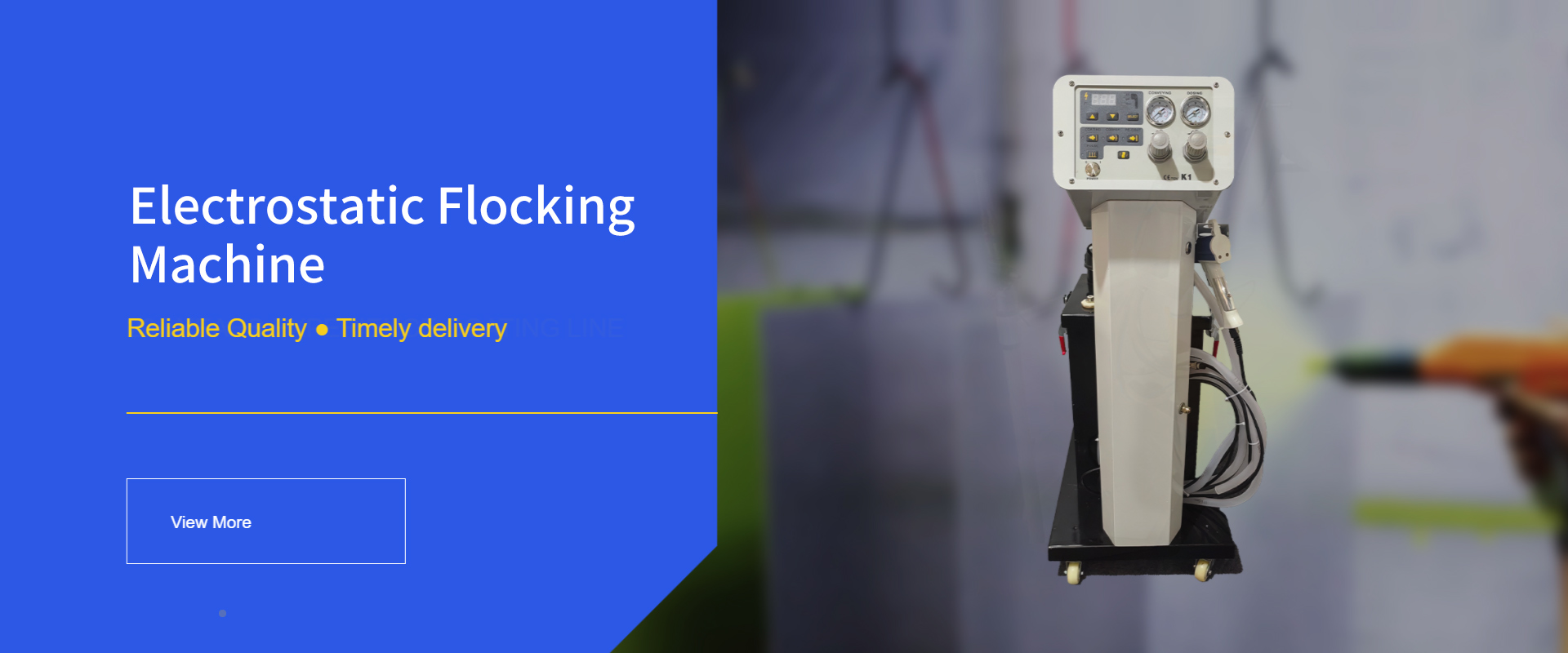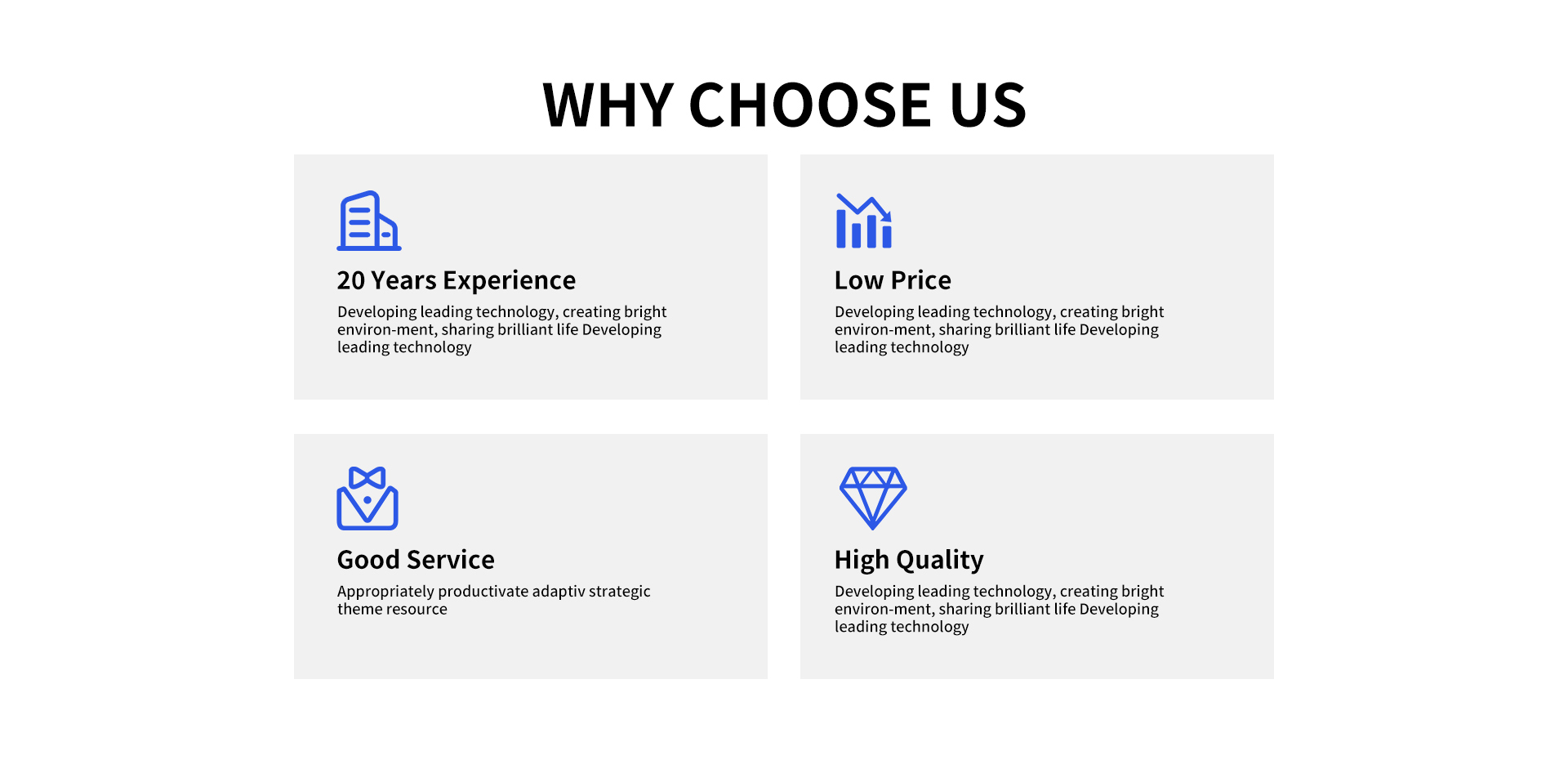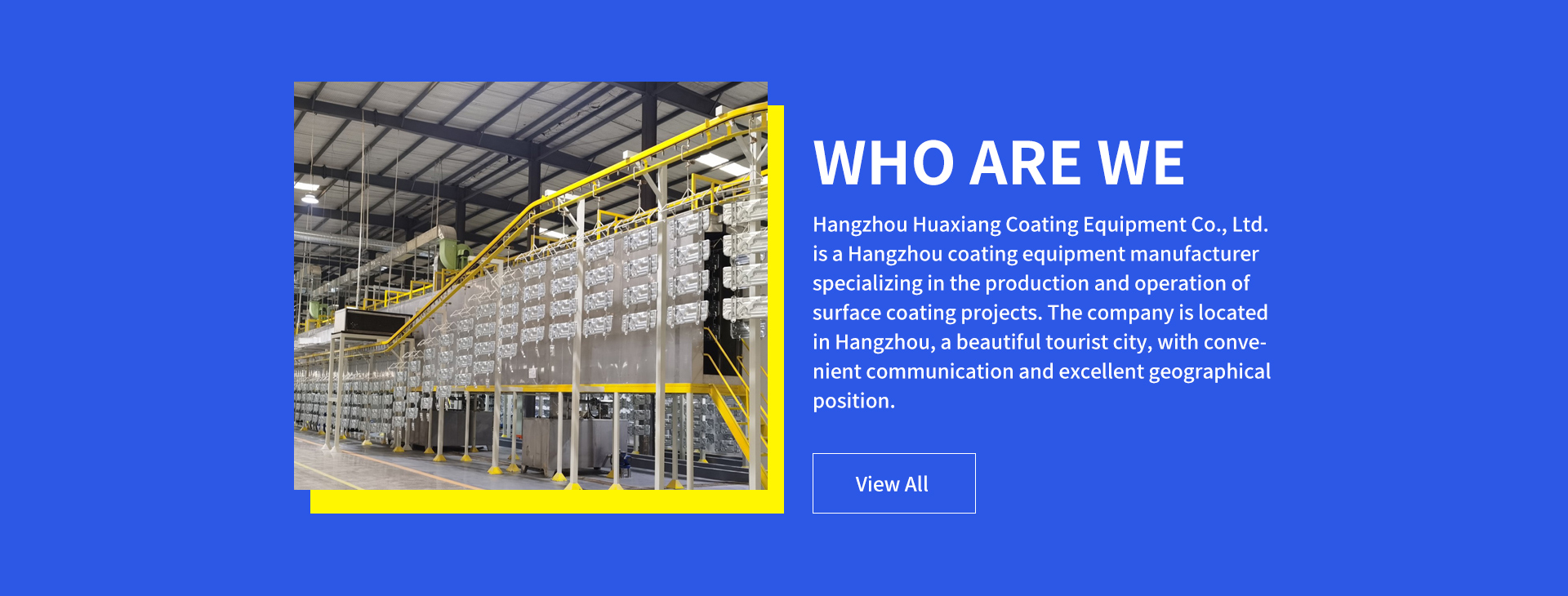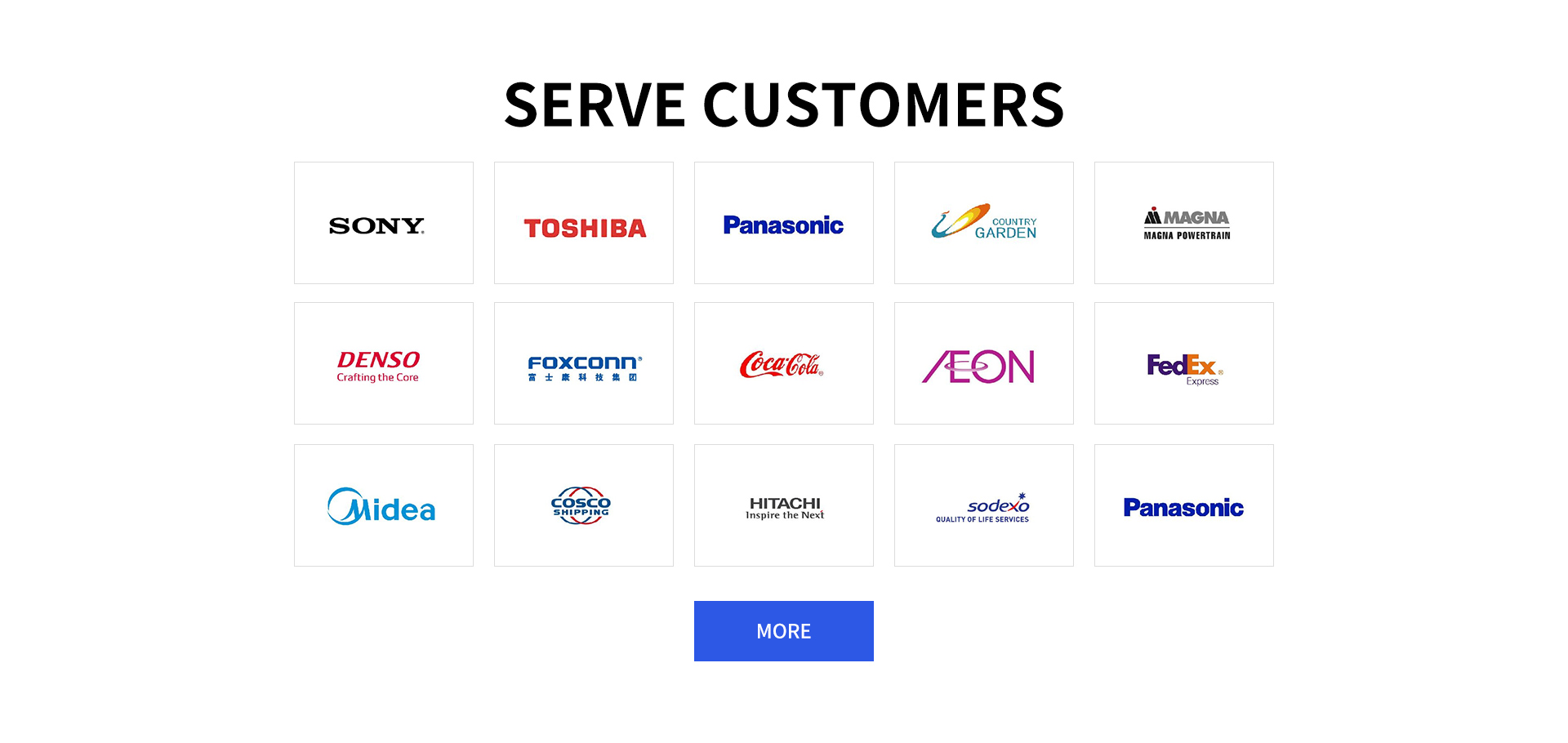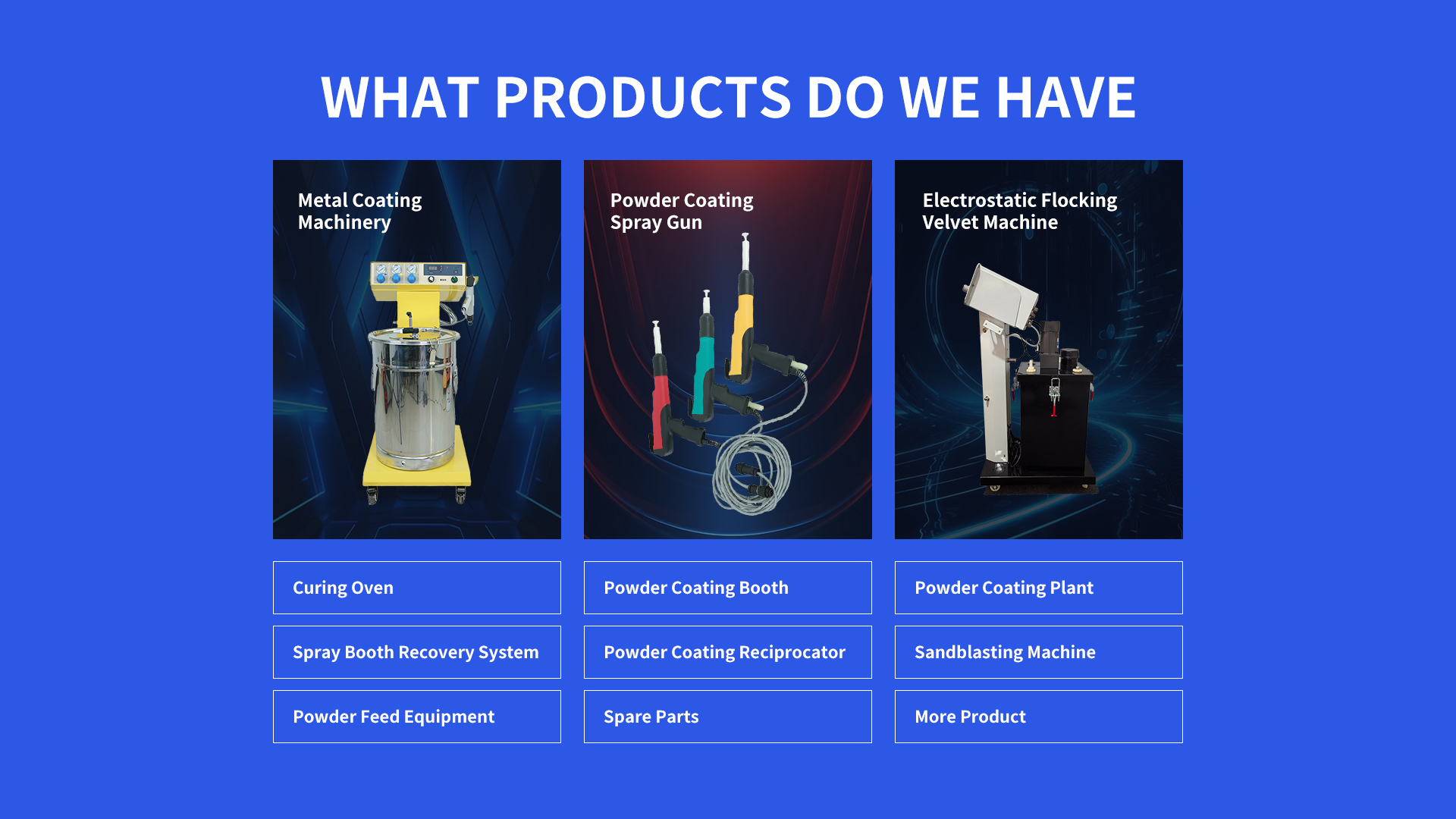Industrial Spray Paint Equipment: A Consumer's Handbook
Industrial Spray Paint Equipment serves factories, workshops, and large - scale facilities. Prices start at (800 for basic spray guns, reaching )25,000 for automated systems. Demand comes from those needing efficient, uniform paint application on metal, wood, and plastic surfaces in manufacturing and construction.
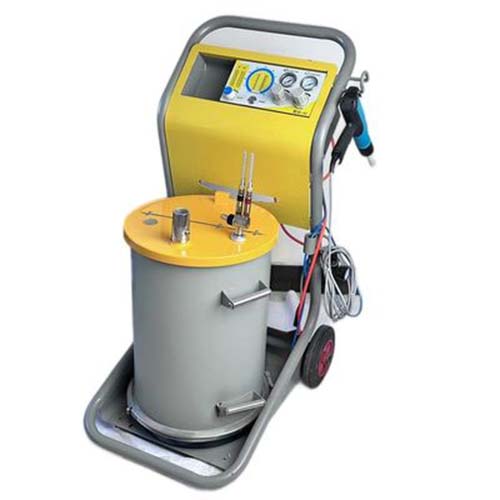
Industrial Spray Paint Equipment: Common Coating Projects
Industrial Spray Paint Equipment handles painting metal storage tanks, providing a corrosion - resistant finish. It coats wooden shipping crates, protecting them from moisture and wear. Factory machinery parts get a uniform paint layer, enhancing both appearance and durability. It also paints large - scale metal structures like bridges and fences, ensuring long - lasting weather resistance.
Industrial Spray Paint Equipment: Surface Treatment Technology
Industrial Spray Paint Equipment requires proper surface preparation. Metal surfaces are cleaned with degreasers and sanded to remove rust. Wood is sanded smooth and primed to seal pores. The equipment uses high - pressure nozzles to apply paint evenly, with adjustable spray patterns. Drying time varies by paint type, with some requiring forced air to speed up the process.
Industrial Spray Paint Equipment: What It Is
Industrial Spray Paint Equipment is a range of tools designed for large - volume paint application. It includes spray guns, paint pumps, pressure tanks, and control systems. These tools use compressed air or hydraulic pressure to atomize paint, ensuring smooth, consistent coverage on various industrial surfaces.
Industrial Spray Paint Equipment: Main Components
Spray Gun: The tool that emits paint, with adjustable nozzles for different spray widths. It has a trigger to control paint flow, designed for extended use with ergonomic grips.
Paint Supply System: Consists of a tank to hold paint and a pump to deliver it to the gun. Tanks come in sizes from 5 to 50 gallons, with pumps maintaining steady pressure.
Pressure Regulator: Controls the pressure of the paint flow. It allows operators to adjust based on paint viscosity and surface type, ensuring optimal coverage.
Industrial Spray Paint Equipment: Key Advantages
Industrial Spray Paint Equipment increases painting speed, covering large areas in less time than manual methods. It ensures uniform paint thickness, reducing drips and uneven spots. The equipment works with various paint types, including oil - based, water - based, and enamel. Its durable design withstands heavy daily use in tough industrial environments.
Industrial Spray Paint Equipment: How to Choose the Right Model
Consider the size of your projects when selecting Industrial Spray Paint Equipment. Small workshops may need a portable spray gun with a 5 - gallon tank. Large factories require automated systems with multiple guns and large - capacity tanks. Check the paint type compatibility—some equipment works better with thick paints, others with thin ones. Look for easy cleaning features to reduce downtime.
Industrial Spray Paint Equipment: How to Ensure Safe Operation
Operators using
Industrial Spray Paint Equipment must wear respirators to avoid inhaling fumes. Safety goggles protect eyes from paint splatters. Ensure the workspace is well - ventilated. Keep fire extinguishers nearby when using flammable paints. Disconnect power before cleaning or maintaining the equipment. Inspect hoses regularly for leaks.
Industrial Spray Paint Equipment: How to Adjust for Different Paint Types
When using thick paint with Industrial Spray Paint Equipment, increase the pressure and use a larger nozzle to prevent clogging. For thin paint, lower the pressure to avoid overspray. Water - based paints may require a different nozzle material than oil - based ones to prevent corrosion. Test settings on a scrap surface to get the right flow and pattern.
Industrial Spray Paint Equipment: How to Troubleshoot Paint Splattering
If Industrial Spray Paint Equipment splatters, check for a clogged nozzle and clean it with solvent. Low pressure can cause splatters—adjust the regulator to increase pressure. Worn seals in the gun may allow air into the paint flow, replace them. Ensure the paint is properly thinned according to the manufacturer’s guidelines.
Industrial Spray Paint Equipment: How to Clean After Use
After using Industrial Spray Paint Equipment, flush the system with cleaning solvent to remove leftover paint. Disassemble the spray gun and soak parts in solvent to dissolve dried paint. Clean the tank with a brush and solvent. Rinse all parts with water if using water - based paint. Reassemble only when all parts are completely dry.
Industrial Spray Paint Equipment: How to Extend Its Lifespan
Lubricate moving parts of Industrial Spray Paint Equipment monthly to prevent wear. Store the equipment in a dry place to avoid rust. Replace filters regularly to keep paint free of debris. Follow the manufacturer’s guidelines for paint viscosity to avoid damaging the pump. Schedule professional maintenance annually to check for hidden issues.
Statement: Hangzhou Huaxiang Coating Equipment Co., Ltd Chinese Powder Coating Equipment facturers provide you with customized equipment for various types of Powder Coating Lines, Powder Coating Ovens, Powder Coating Booths,Powder Coating Guns, etc. For inquiries! Contact us at
Email: gezx@cncolourspray.com
WhatsApp: +86 13335812068

